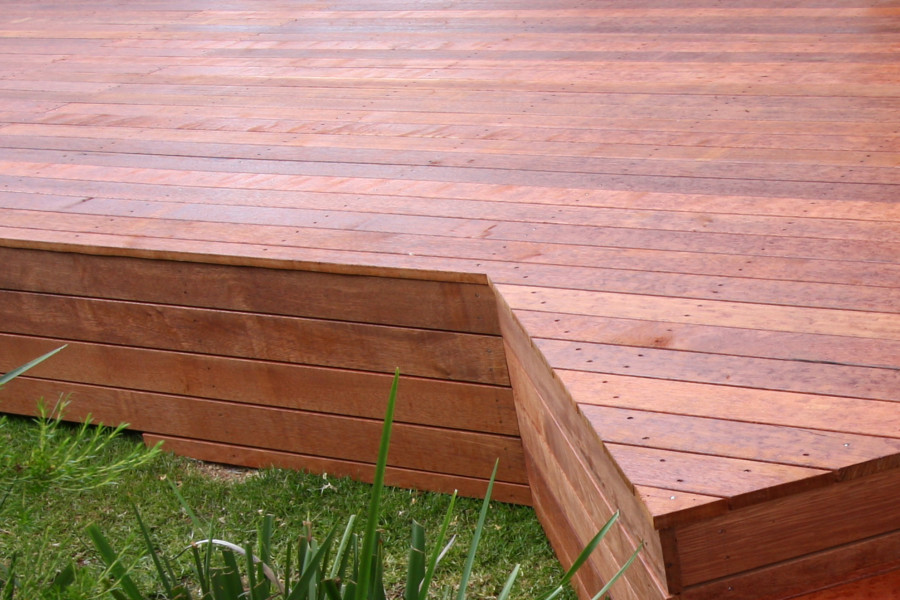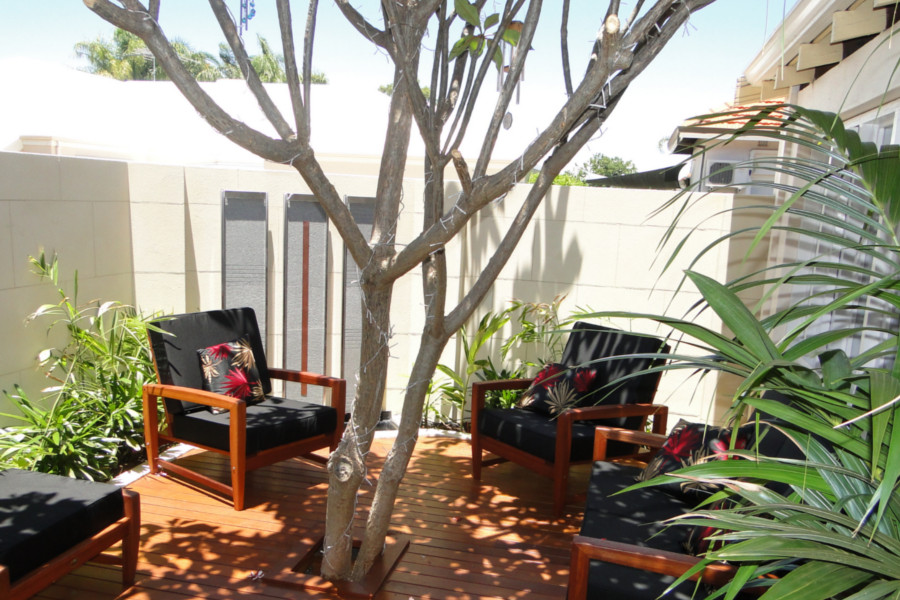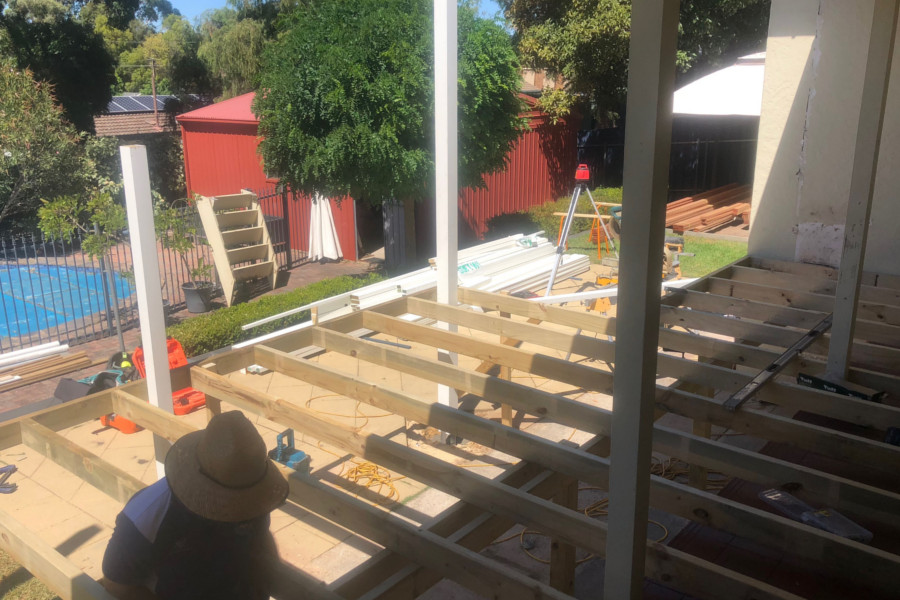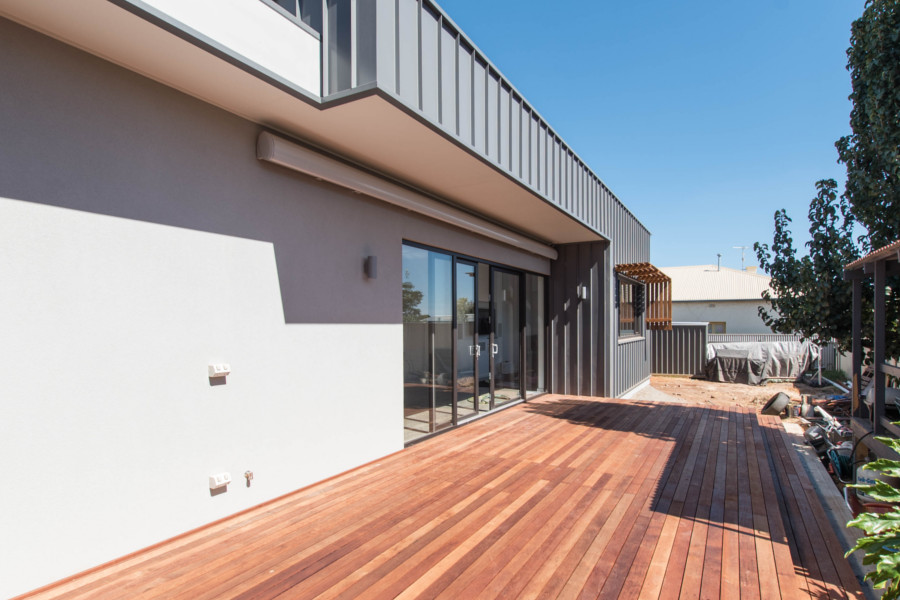
Kapur timber is highly suitable for decking because of its inherent durability. Not only does it provide an attractive finish with its complex grain, but it is also prized because it withstands the effects of weather much better than many other timber species. But just how durable the timber turns out to be is determined by what part of the tree it comes from.
If you take a cross-section of a mature Kapur tree trunk, you will notice two distinct areas. There is usually a darker coloured core and a usually lighter coloured section that surrounds it. The inner section is the heartwood. It is essentially dead tree tissue that has hardened and now gives the tree the necessary rigidity and support. The outer section, which is often characterised by prominent yellow streaks, is the sapwood. It is the living, growing part of the tree that transports water and nutrients throughout the plant.
All trees begin as sapwood. Then as the tree grows in girth cells at the outer portion continue to multiply. Meanwhile the cells closest to the center die off and harden, providing the tree with an in-built scaffolding to support its own structure as it continues to grow. During this process chemicals compounds such as resins and phenols also collect within the heartwood, making it more resistant to insect and fungal attack. The added benefit of these chemical compounds is the darkening of the heartwood, which gives the timber its characteristic colour. Most mature trees, including Kapur, will have a higher percentage of heartwood compared to the volume of sapwood by the time they are felled.
So what does this mean? For builders and woodworkers, the implications are clear. Because of its inherent hardness and natural durability, heartwood Kapur is a more suitable material for most construction purposes, even when untreated. Untreated sapwood Kapur will be too soft and too moist. It may not be able to withstand the demands of construction work nor the rigours of weathering. It would be too irresistible to termites, borers and fungi. And because of its relatively high moisture content, sapwood is a nightmare for builders — it tends to move and shrink considerably, relegating it to applications that are tolerant to such movement.
Softwoods
Softwoods is an independent, family owned company that has been trading for over 30 years. In that time we’ve worked hard to build a business that we’d like to deal with if we were building in our own backyards. We’re community minded, environmentally conscious, and always focused on our customers experience.
ABN: 49 076 530 848
Our Locations
573 Port Road, West Croydon SA 5008
Phone (08) 8346 1499
Email [email protected]
493 Wright Rd, Modbury SA 5092
Corner Wright & McIntyre Roads
Phone (08) 8396 4044
Email [email protected]
28 O’Sullivan Beach Road
Lonsdale SA 5160
Phone (08) 8384 5133
Email [email protected]
Suite 15 Plaistowe Mews
102 Railway Street
West Perth WA 6005
Phone 1300 737 465
Copyright © 2024 Softwoods • Pergolas, Decking, Fencing, Carports, Roofing • Site by Adelaide Websites
© 2025 Softwoods - Pergola, Decking, Fencing & Carports, Roofing.



